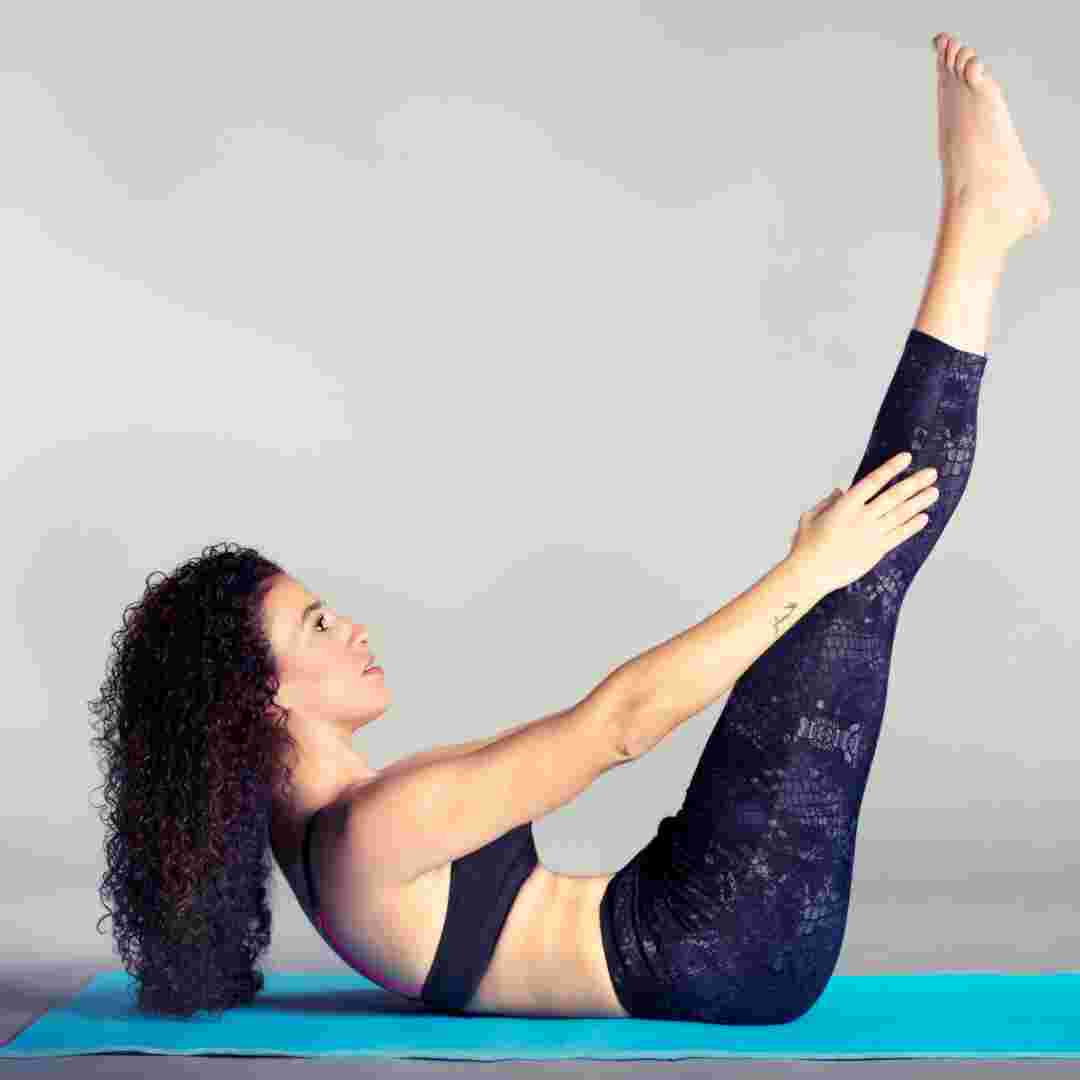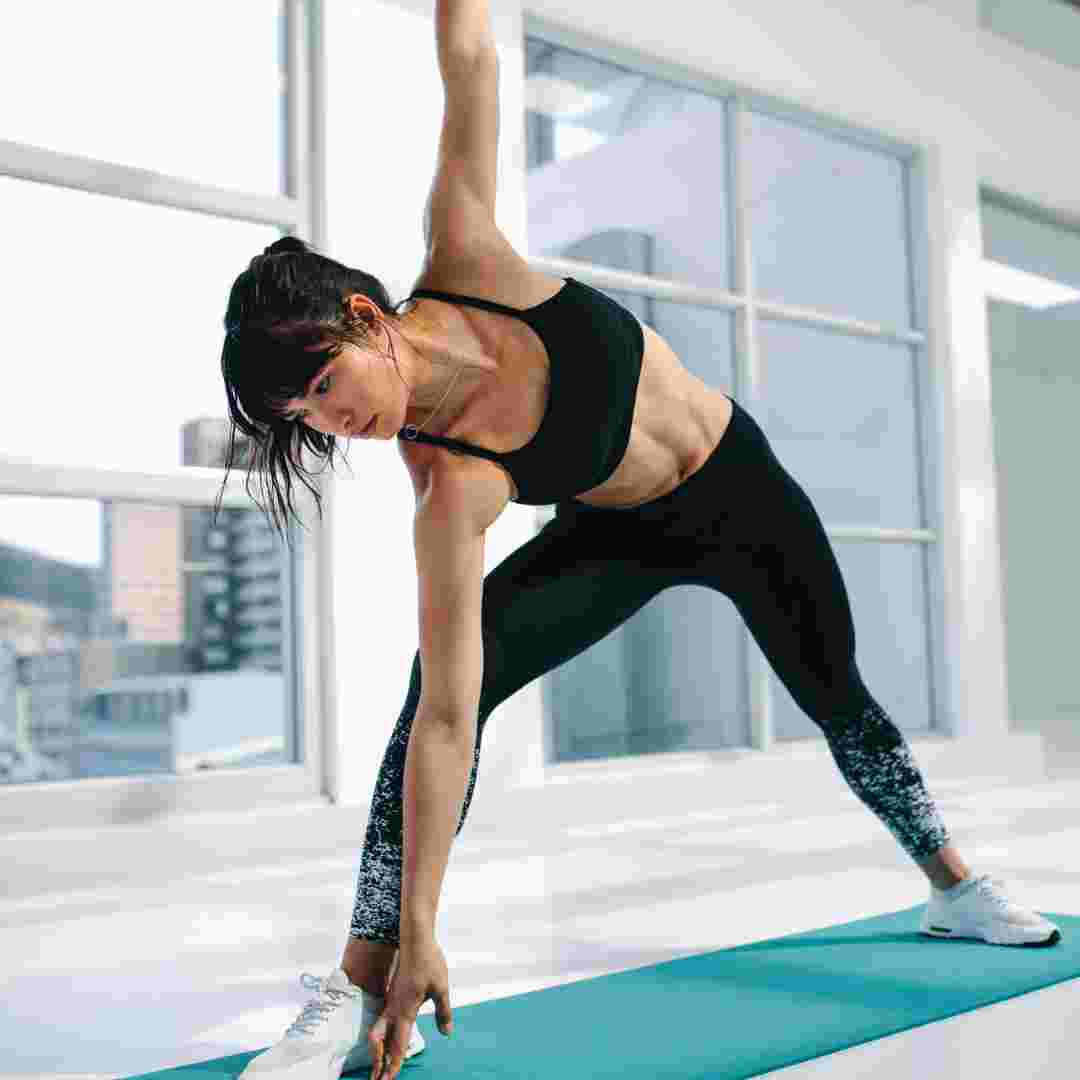Table of Contents
Introduction
Benefits of Pilates and Weight Training Together
The Benefits of Pilates for Weight Training
Pilates and weight training for a stronger, leaner body: Maximising Your Results
Q&A
Conclusion
Pilates is the best alternative to lifting weights.
Introduction
Pilates is a type of exercise that emphasises strengthening the abdominal muscles, increasing flexibility, and improving posture and general body alignment. Pilates is not regarded as a weight training regimen, despite the fact that it may incorporate the use of resistance tools like bands and balls. It is a low-impact exercise method that places an emphasis on regulated movements and appropriate breathing techniques.
Benefits of Pilates and Weight Training Together
Weightlifting and pilates are two well-liked fitness modalities that have been around for a long time. Despite the fact that they may appear to be two entirely distinct workouts, they can actually function fairly well together. In fact, combining Pilates and weight training can enhance your body and general health in a variety of ways.
Pilates is first and foremost a type of exercise that emphasises building up the body's core muscles. The abdominal, back, and hip muscles are included in this. You may enhance your posture, balance, and overall stability by exercising these muscles. Pilates also promotes flexibility and range of motion, which is advantageous for those who participate in various types of physical activity as well as sports.
The goal of weight training, on the other hand, is to increase muscular mass and strength. To target particular muscle areas, this sort of training frequently involves lifting weights or using resistance equipment. Weightlifting can help to improve metabolism, lower the chance of injury, and increase bone density.
So how does giving your body a Pilates and weight training workout benefit it? Pilates can firstly assist in enhancing your form and technique when lifting weights. You can keep appropriate alignment and stability during weightlifting activities by developing your core muscles. Your total performance can be enhanced and injury risk can be decreased as a result.
Additionally, Pilates can aid in increasing your range of motion and flexibility, which can be particularly helpful while performing weightlifting exercises that call for a full range of motion. When practising squats or lunges, for instance, having good hip and leg flexibility might help you perform the exercise more effectively and with less stress on your joints.
Pilates and weight training have the added benefit of helping to improve your overall body composition. Pilates can help to tone and sculpt the muscles, whereas weight training can aid to increase muscle mass and strength. You can develop a leaner, more toned figure by combining these two types of training.
Pilates can also help you breathe better and focus more clearly, both of which are helpful during weightlifting workouts. You can enhance your performance overall and lower your chance of injury by paying attention to your breathing and keeping good form.
general, combining Pilates and weight training can enhance your body and general health in a variety of ways. These two types of exercise can combine to help you reach your goals, whether they want to increase muscle mass, correct posture, or simply tone and sculpt your body. As a result, if you want to advance your fitness programme, think about adding weight training and Pilates to your routine.
The Benefits of Pilates for Weight Training
In recent years, the workout method pilates has become more and more well-liked. It is a low-impact exercise that emphasises developing overall body awareness, increasing flexibility, and strengthening the core muscles. Pilates can be a terrific supplement to your weight training regimen, despite the fact that it may not appear like a conventional form of muscle building.
Pilates can aid you posture, which is one of its many advantages. Proper posture is crucial for efficient weight training technique since it reduces the risk of injury and increases the efficiency of your sessions. The muscles that support your spine can be strengthened by performing Pilates moves like the plank and the bridge, which also assist to align your body more generally.
Pilates can help you build more general strength in addition to correcting posture. Although Pilates exercises don't typically entail lifting large weights, they can still be difficult and need a lot of control and stability. This can assist increase your overall strength and muscle endurance.
Flexibility improvement is yet another advantage of Pilates. Squats and deadlifts are just two weight training exercises that need a lot of flexibility to be done properly. Roll-ups and spine stretches from Pilates will help you become more flexible and make it simpler to carry out these exercises correctly.
Another effective method of injury prevention is Pilates. Your joints and muscles can be put under a lot of stress during many weight training routines, particularly those that use high weights. Pilates movements, however, are low-impact and can help you become more aware of your entire body. By teaching you how to move your body safely and deliberately, this can help you prevent injury.
There are a few things to consider if you want to incorporate Pilates into your weight training regimen. First, it's crucial to gradually build up to a higher level of exercise intensity. Given the difficulty of some Pilates movements, it's crucial to give your body time to adapt.
Pilates movements should be performed with attention to perfect form. Pilates exercises call for a lot of control and stability, despite the fact that they don't necessarily use heavy weights. In order to prevent injury, it's crucial to pay attention to your body and make sure you are performing each exercise properly.
Finally, it's critical to keep in mind that Pilates is only one component of a comprehensive exercise programme. It can be a terrific complement to your weight training regimen, but for best results, you should also combine it with other types of exercise, such as cardio and strength training.
In conclusion, adding Pilates to your weight training regimen can be a really wonderful idea. It can assist with posture correction, general strength development, flexibility enhancement, and injury prevention. Start carefully, concentrate on perfect technique, and don't forget to include other types of exercise if you want to incorporate Pilates into your fitness regimen. Pilates can assist you in achieving your fitness objectives and enhancing your general health and well-being if you put effort and consistency into it.
Pilates and weight training for a stronger, leaner body: Maximising Your Results
You can build a stronger, leaner body by engaging in popular forms of exercise like Pilates and weight training. Even though they can initially appear to be completely distinct forms of exercise, they actually share a lot in common. In fact, Pilates is even regarded by some as a type of weight training.
Pilates is therefore weight training. Both yes and no, is the answer. Pilates uses resistance to develop strength and tone muscles even though it does not entail heavy lifting like regular weight training. To work your muscles and increase your general fitness, Pilates exercises typically entail using your own body weight, resistance bands, or tiny weights.
The ability to build a solid core is one of Pilates' key advantages. Your body's foundation is made up of core muscles, which are essential for stability, balance, and excellent posture. The transverse abdominis, obliques, and pelvic floor muscles are among the deep muscles of the core that Pilates exercises are intended to target. You can increase your general fitness and lower your chance of injury by strengthening these muscles.
On the other hand, weight training often entails lifting heavy objects to develop muscle mass and boost strength. Weight training can still be a useful approach to increase your general fitness and get a leaner, more toned body, even though it might not put as much of an emphasis on the core muscles. By exercising with weights, you can put your muscles to the test and promote muscle growth, which can increase your metabolism and help you burn more calories.
Which is better for you, weight training or Pilates? Your choices and aims will determine the answer. Pilates can be a better option for you if you want to strengthen your core and increase your general fitness. Weight training may be more effective if you want to gain muscle mass and improve your strength.
No matter your fitness level or goals, it's crucial to keep in mind that both Pilates and weight training can be helpful for you. You may maximise your results and get a stronger, leaner body by including both types of exercise in your programme.
It's crucial to concentrate on good form and technique in order to get the most out of your Pilates and weight training sessions. This will guarantee that you are working the appropriate muscles while also helping you avoid injury. It's also crucial to change up your workouts and push yourself with brand-new moves and routines. Your body will be kept guessing, which will assist minimise boredom and may result in better outcomes.
Finally, both weight training and Pilates are powerful kinds of exercise that can help you build a stronger, leaner physique. While at first glance they might seem dissimilar, they actually have a lot in common and can be combined to improve your outcomes. Whether you favour weightlifting, Pilates, or a combination of the two, the idea is to maintain consistency, set new goals for yourself, and concentrate on good form and technique. You may reach your fitness objectives and live a better, happier life with commitment and hard effort.

Q&A
1. Does Pilates count as weight lifting?
Pilates generally uses bodyweight movements and resistance training with equipment like the Pilates reformer, therefore it is not considered weight training.
2. Can Pilates aid in shedding pounds?
By boosting muscle mass and improving overall body composition, Pilates can help with weight loss. It is not a high-intensity aerobic workout, though, and for the best weight loss outcomes, it should be accompanied with a good diet and frequent exercise.
3. Does Pilates help you bulk up?
Pilates can indeed help you gain muscle since it incorporates both bodyweight and equipment resistance training. Although it focuses on the core muscles in particular, it can help tone and build other muscle groups all over the body.
Conclusion
Pilates generally focuses on developing core strength, flexibility, and balance through low-impact movements, hence it is not considered weight training. While it can assist tone and develop muscles, it might not be as effective as conventional weight training for adding substantial muscular mass.


